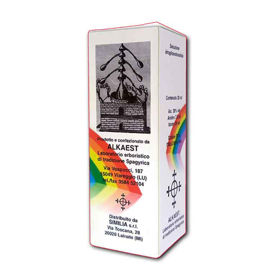Customer question:
What is Ewing's sarcoma? Anonymous customer>'s question
Pharmacist's answer:
Ewing's sarcoma is a rare form of cancer that develops in bone or soft tissue. It most commonly affects children, adolescents, and young adults. It was named after the doctor James Ewing, who first described this type of cancer at the beginning of the 20th century. Ewing's sarcoma is aggressive and can also spread to other parts of the body.
Early detection and aggressive treatment are crucial to improving prognosis. The prognosis of the disease depends on several factors, including the stage of the disease, the response to treatment, and other characteristics of the individual case.
What causes Ewing's sarcoma?
The cause of Ewing's sarcoma is not fully understood, but it is believed that genetic and environmental factors may play a role in the development of this type of cancer. A genetic change called translocation plays a key role, often occurring in Ewing's sarcoma tumor cells.
A specific gene translocation called t(11;22)(q24;q12) occurs most frequently in Ewing sarcoma cells. This translocation involves the EWSR1 gene on chromosome 22 and the FLI1 gene on chromosome 11. As a result of this translocation, the fusion of these two genes occurs, leading to the formation of a new, mutated gene. This mutated gene produces a protein that promotes uncontrolled cell growth, which contributes to the development of Ewing's sarcoma.
In addition to genetic changes, environmental factors such as radiation exposure are thought to influence the development of Ewing's sarcoma. However, the exact role of the environment in developing this disease is not fully understood. It is important to emphasize that Ewing's sarcoma is not hereditary. Most cases occur randomly, and there is no evidence that people with this type of cancer have a family history of the disease.
Research in this area is still ongoing to better understand the causes and mechanisms of the development of Ewing's sarcoma, which may lead to better strategies for treating and preventing this disease in the future.
Interesting reading: Bone cancer forum
Interesting reading: Osteosarcoma


















